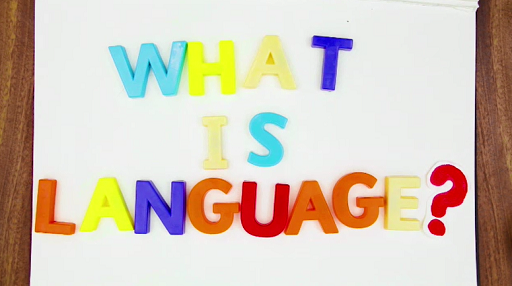1 What is language?
Think about how language fits into your daily life. It’s there first thing in the morning when you listen to the radio, when you read the newspaper, or when you speak to your family over breakfast. It’s there as you check or reply to texts, tweets and emails on your phone (if you have a clever one) or your computer. And it carries on throughout the day, whether at work, while you study, or are at play. Language is such an important part of everyday life that it’s easy to take it for granted.
In this course you will have a chance to stand back from all this and have a think about what language is, what it does and how it works. You’ll start by carrying out a couple of activities to test what you already know.
Activity 1 What is language?
Before you go any further, write down your own, brief definition of ‘language’.
Discussion
There are many aspects you could include in a definition of language, for example:
- a set of rules for speaking, writing or signing
- a means of communication
- a way of naming and describing things
- a tool to get things done.
More could be added to this list, and you may have included other things in your definition. You may have written down a list of several named languages and/or associated particular languages with different countries or people.
Activity 2 Beginning to learn about language
Now you’ve considered your own ideas about what language is, watch this short video and note down what it includes in its definition of language. Does anything that is included in the video surprise you? Why do you think that is?

Transcript: Video 1 What is language?
Discussion
The video emphasises the importance of language in distinguishing human communication from animal communication. Many animals can communicate – dogs bark, cats hiss – but human language allows us to do this in much more complex ways. Language has helped us to cooperate with one another, to develop together in society and, as a species, to dominate the world.
You might also have noted that the video does not equate language with speech or writing – these are alternative channels for language, as are more recent technologies provided by computers and other digital systems, such as Twitter and WhatsApp.
Now ‘language’ in general, as a human capacity (or tool, resource, etc.) is one thing. What people actually do in daily life is use a particular language, such as English, French, Russian, Hindi, Mandarin Chinese, and so on. These different languages are originally connected to a people, country or region, and may, for historical reasons, be more or less similar to other languages.
